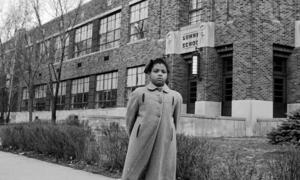author
Sarah Anderson
Sarah Anderson teaches middle school humanities and interdisciplinary studies at a place-based charter school in Portland, Ore. Originally from rural Vermont, Anderson has also taught nature studies to urban middle school students in the California Redwoods, career skills to at-risk youth on an educational farm in Vermont and Civics and Global Studies at an independent school in Maryland. She earned a bachelor’s degree in American Studies at Bard College and a masters in education in Integrated Learning from Antioch New England Graduate School.



